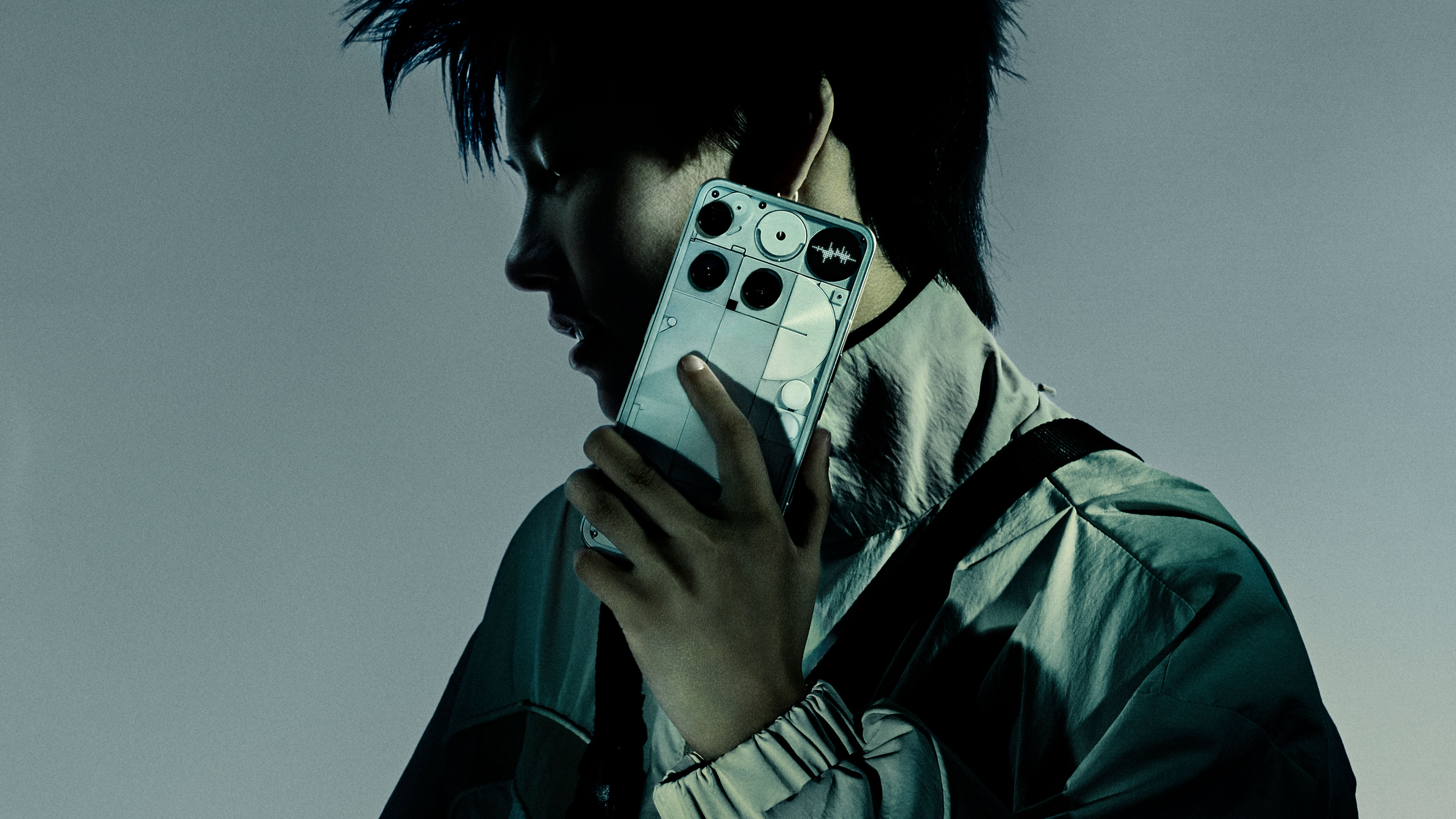Nothing Headphone 1 review: a bold design with some odd omissions | The Verge
Nothing’s first pair of over-the-ear headphones has arrived, bearing the company’s signature retro-transparent design that it introduced with the Phone 1. But until now, that design has mostly been in your pocket or peeking out of your ears. With the $299 Nothing Headphone 1, you have to commit to having that aesthetic wrapped around your head or hanging from your neck.
I spent about a week with the Headphone 1 to see how it fits among the competition — and with your outfit.
The Nothing Headphone 1 resembles a cross between Apple’s AirPods Max and 1980s FM radio headphones. I dig the design, but wearing it on my head feels silly. The housing feels cheaper than the aluminum casing of the $549 AirPods Max and also less… grown up. I’m almost embarrassed to wear it on the street and worried that I’ll look like I’m cosplaying as a cyborg. The ear pads look like that of generic headphones, with rubbery and plastic unremovable pads and a memory foam center. Though I don’t care for the texture, they’re comfortable, and I haven’t felt fatigued while wearing them throughout the day like I do with the Sony WH-1000XM6.
The button design is my favorite part of the headphones. The volume is controlled by the roller, which is like a rubbery wheel you spin, not too far off from Apple’s digital crown, but oriented on its side. Pressing on the roller plays or pauses your audio, and holding it down toggles one of three modes — noise canceling, transparency, or off.
There’s also the paddle button, allowing you to skip tracks, go backward to previous tracks, fast forward or rewind, or hang up or decline phone calls when held down. I have yet to find an app that works with the fast forward / rewind control, but Nothing claims this is dependent on the platform.
A customizable button on the outside of the right ear cup can be set to launch a voice assistant like Google Gemini, use an EQ preset, mute the microphone, control noise, or enable spatial audio. These customizations are done with the Nothing X app (available on iOS and Android). If you use the Headphone 1 with the Nothing Phone 3, you can use that button to “channel hop” between different audio apps — a feature that will eventually be rolled out to other Nothing devices. I wasn’t able to test this, since I don’t have a Phone 3.
The Headphone 1 features head tracking, allowing you to anchor your position while listening to audio and rotate the panning according to how you turn your head. This is a trend among flagship headphones — like Apple’s spatial audio, Bose’s immersive mode, and Sony’s spatial audio mixing — but it’s not something I ever want to use. It does not sound very believable, and most of the time, it makes the audio sound worse. Much like the worst versions of Apple Music’s spatial audio tracks, it emulates that “stadium” mode from old stereo receivers.
Noise canceling works well, outside of calls. It’s a little easier to deliver good active noise cancellation (ANC) with over-the-ear headphones than with earbuds because of their size and ability to cover your entire ear, but I’ve found the Nothing headphones can block subway sounds, loud hums, and other city din with ease. I would feel comfortable bringing these as my travel headphones on a trip.
I won’t get over-analytical with the sound quality, but nothing stands out as bad compared to other flagship headphones. I don’t think the Headphone 1 sounds as good as the AirPods Max, but I prefer Nothing’s frequency response to Bose’s QuietComfort Ultra and Sony’s WH-1000XM6. This is on par with Nothing’s earbuds line and even its budget CMF-branded earpieces, which compete surprisingly well with other flagship earbuds.
My biggest problem with these headphones is how they handle voice calls. Nothing claims the Headphone 1 has “four built-in microphones with AI-powered Clear Voice Technology to isolate your speech and suppress background noise,” but I went to a busy train station in New York City to take a call with some colleagues, and they were not able to understand half of the words I was saying. In a quiet office, I had no trouble communicating on calls, and it even sounded fine against the other headphones. But in a large hall with crowd sounds, it started to cancel my voice out along with everything else. The headphones also do not seem to have multipoint; The Verge emailed Nothing to confirm but has yet to hear back.
The Headphone 1 comes in a slim, softshell zipper case that’s made of a material prone to picking up the fur of my white cat. The zipper is a little finicky and gets caught easily when closing, but it seals pretty well when fully zipped.
The Headphone 1 also comes with a Nothing-designed USB-C cable, which can be used for both charging and listening, and a 3.5mm cable for listening on analog headphone jacks. The analog jack doesn’t work when the headphones are off or when charging, so if the battery dies, they’re unusable until you find a USB port. That’s unfortunate, especially if / when these batteries die of old age. But you can listen over Bluetooth or USB-C while recharging, at least.
Nothing promises up to 35 hours of battery life with ANC on and using the AAC codec (probably the most common scenario) and 37 hours of talk time with just ANC on. With ANC off, Nothing claims the headphones offer up to 80 hours of playback using the AAC codec and 54 hours with the LDAC codec. After a week of casual use and using them throughout my workday, I never had to charge them, and I had gone two days without plugging them in.
The $299 Nothing Headphone 1 offers many features that compete well with Bose, Apple, and Sony, and the lower price might get some folks to choose it. If you’re planning to use headphones for voice calls, I’m not sure this is the right pick. But if not, and if the design fits your personality, then saving $200 for this audio quality and noise cancellation makes this a package worth considering.
Photography by Owen Grove / The Verge

















